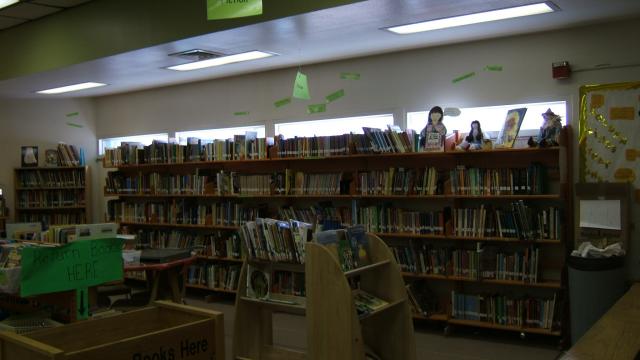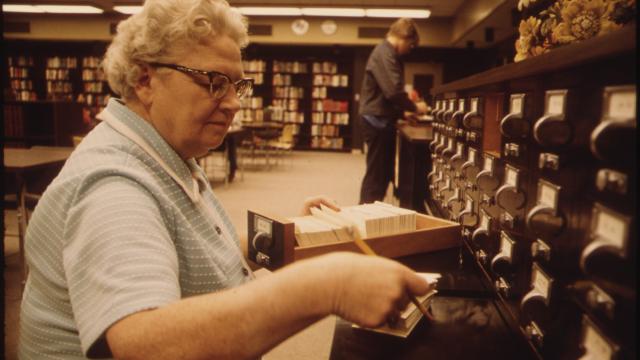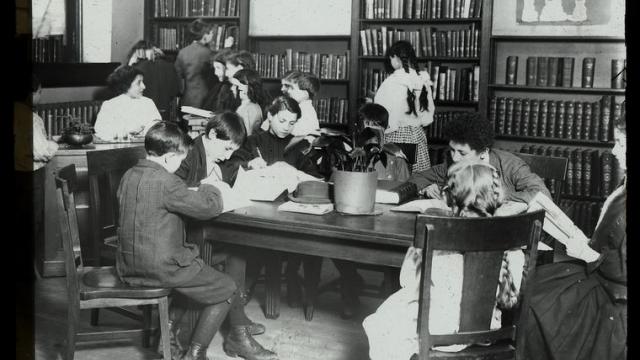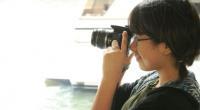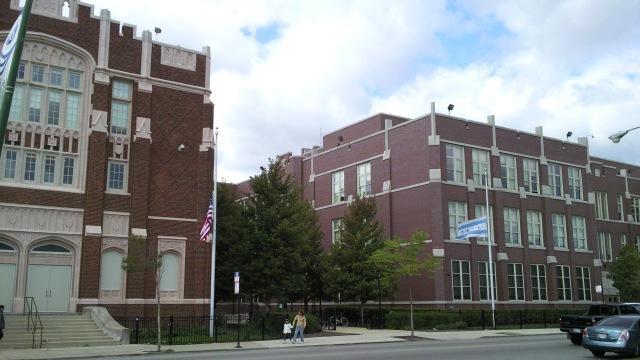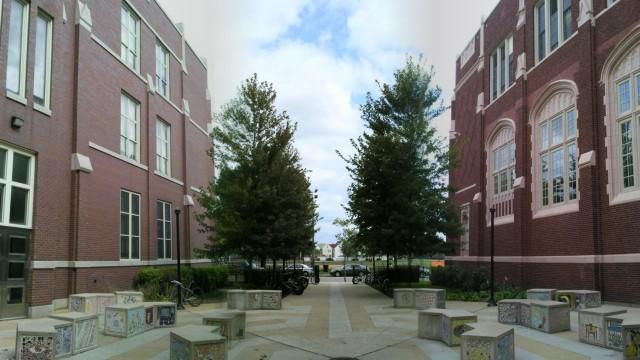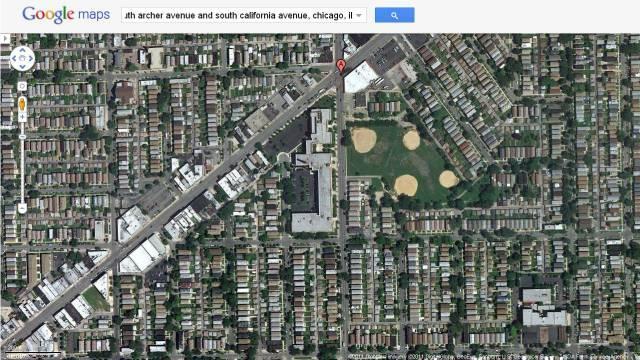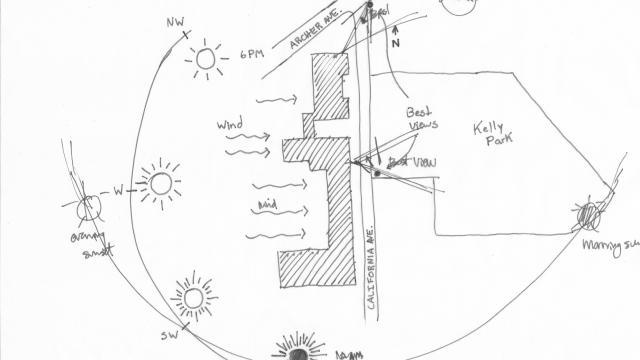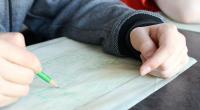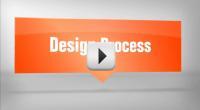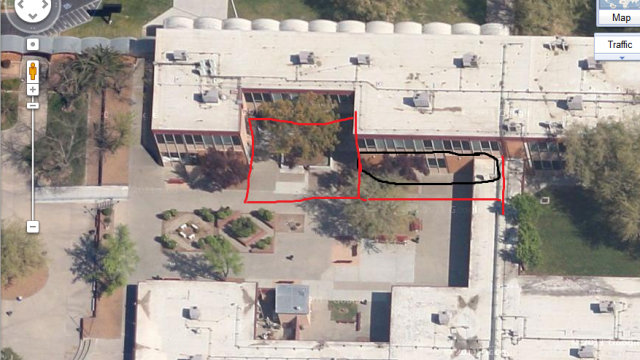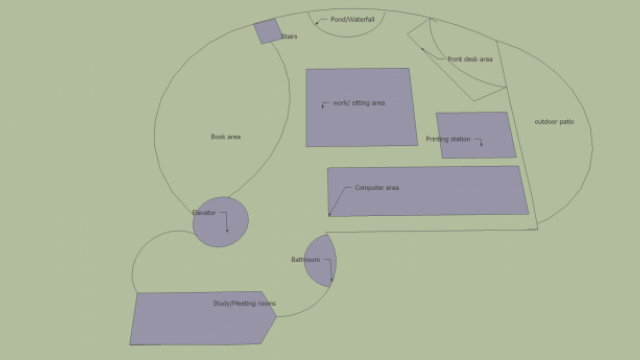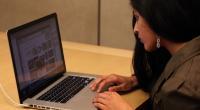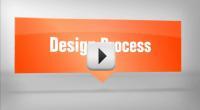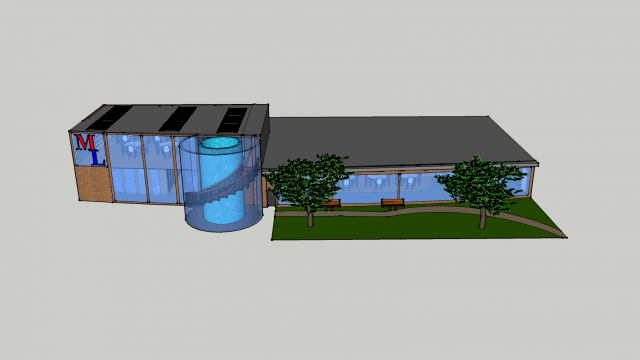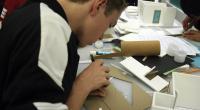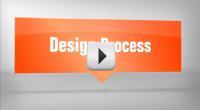
2013 national competition project | Library Redesign #007
There are some problems with our library in my opinion. The library should have more open space, and also have a more open, and modern feel to the library itself. By expanding the library to give it more space, it could open up space for extra bookshelves, study areas, and quiet areas. More windows could be added to also have a more open feel as well as relaxing. Another problem with the library is that there is only one exit to the outside in the entire library. By adding a few more exits with the extension, it would help to make the library a safer place.
Tsaxoplaya's work for the Collect Information step:
Summary
I collected information by going around the library and taking pictures, as well as talking to the librarian to ask what problems she faces every day in the library.
This shows the left wing of the library, in which there is an emergency exit as well as the...
0 comments
The far back left part of the library, as well as the wall to the computer lab of the library
The back half of the right wing, showing more computers and the back wall of the library (Left Wall...
Tsaxoplaya's work for the Brainstorm Ideas step:
Summary
I decided to take more of a modern look for the library.
I'm attempting to give the library a more modern look as well as add natural light through...
Because there is room to expand the library upward, I want to give the second floor a wavy look,...
This is the second floor design I have with the elevator that I like. This is drawn in Revit. I...
Tsaxoplaya's work for the Develop Solutions step:
Summary
To solve the problem with space, I extended the library out twenty feet, and added a second floor. By adding curves and up-to-date furniture, I was able to give the library a modern look.
This is the view of the elevator, one of the solutions to getting the handicapped to the second...
Adding of modern chairs and bookshelves, as well as couches for hanging out and working on projects
This is a computer group that I put in to replace the computers already in the library, placed in a...
Tsaxoplaya's work for the Final Design step:
Summary
In my design, I did a few drastic changes to my library. First I added a second floor, which involved adding a staircase and elevator.
A rendered view of the elevator as well as some of the bookshelves on the first floor. Also another...
A rendered view of part of the computer lab as well as a small view of the second floor railing
A view from the second floor looking across the "bridge" to the other side of the library.
A view from the front desk looking out into the library. You can also see the "bridge"...
.png)


